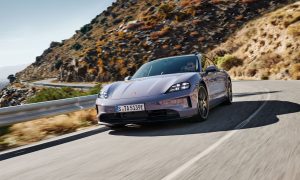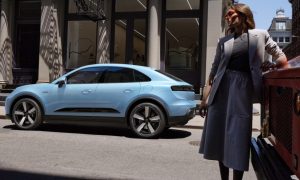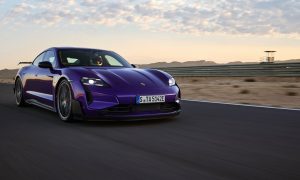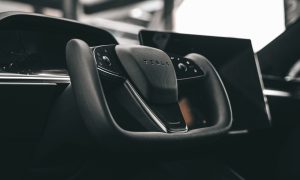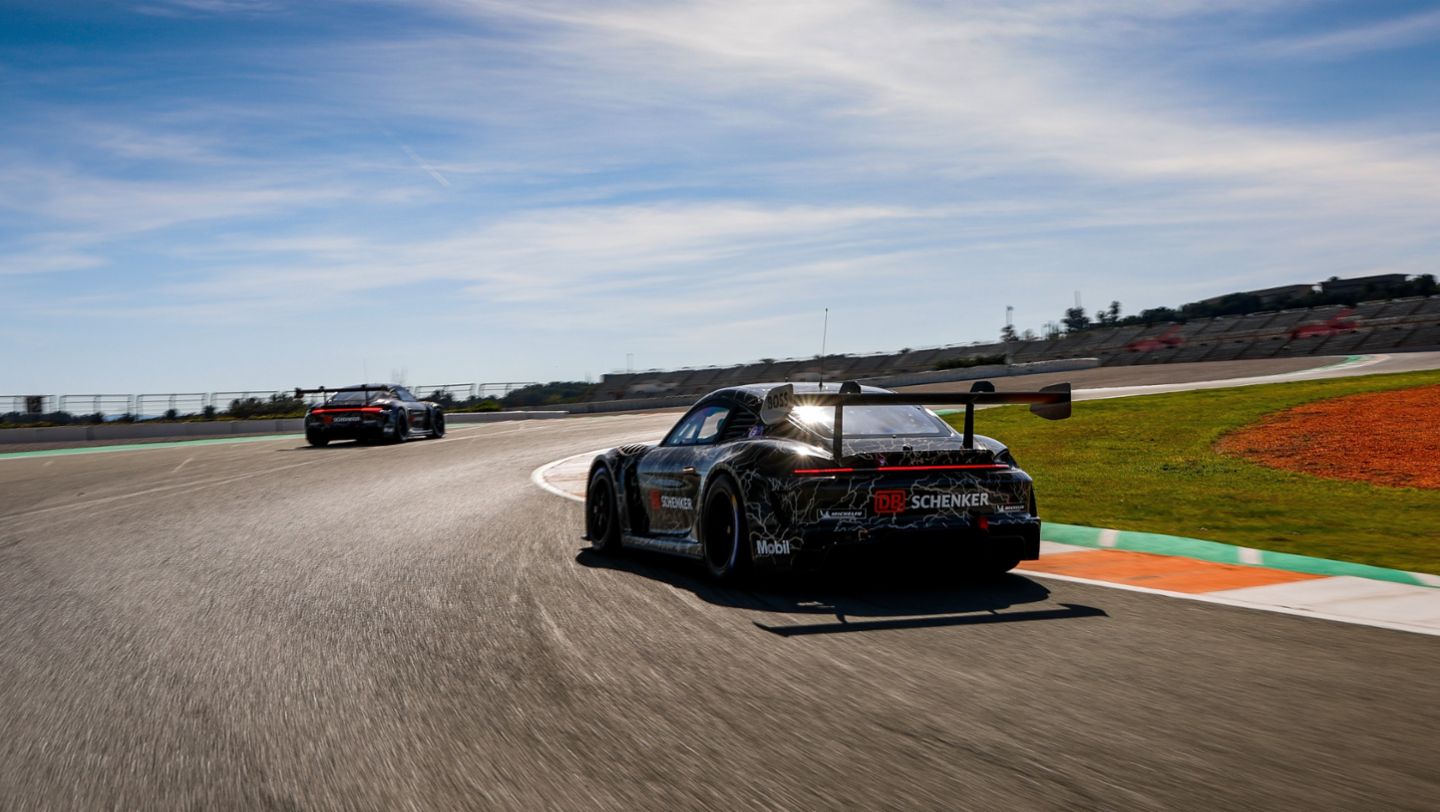

News
Porsche flexes e-Motorsport prowess with GT4 ‘ePerfomance’
Porsche has shown off its electric GT4 ePerformance racecar at an ice track race in Sweden.
As a leader in vehicles that put a smile on your face, Porsche is under distinct pressure to bring that same excitement and joy to the EV transition, and it’s clear that it intends to do just that. First shown at the Goodwood Festival of Speed last year, the Porsche GT4 ePerformance has made another debut, this time at an ice track race in Northern Sweden.
At the Race of Champions event in Northern Sweden, Porsche got the opportunity to show off its GT4 ePerformance project, a car that is set to define the future of electric motorsports.
The Porsche GT4 ePerformance is a serious racecar, no question about it. Fitted with carbon fiber body panels, the tried and true aerodynamics of Porsche’s fastest racecars, and a stripped interior, it is the real deal and has the performance to back it up.
The full specifications of the vehicle are not yet known, but a surprising amount of information has been revealed over the past year. First of all, the ePerformance is designed to last a minimum of 30 minutes on the racetrack, what Porsche says is the equivalent of 1 Porsche Carera Cup race, allowing drivers to push the car to its absolute limit without the worry of a dead battery mid-race.
Second, the drivetrain, likely using a dual or tri-motor system, produces similarly insane power as its gas counterparts. It packs 603 horsepower for its 30-minute race setting or up to 1088 horsepower peak. But perhaps even more surprising is the car’s incredibly quick charging. According to Porsche engineers, the vehicle can charge from 5 to 8 percent in as little as 15 minutes thanks to its 900-volt architecture.
View this post on Instagram
While Porsche did not provide a statement on the vehicle or today’s race for that matter, Porsche’s Project Manager of Sales Oliver Schwab told Teslarati:
“The 718 Cayman GT4 ePerformance blazes a trail to Porsche customer racing with electrically-powered racing cars. As a first step, we will unveil this concept to our global partners. With drivers, teams, organizers, authorities, and other interested parties, we’re also gathering ideas for Porsche racing formats in the future.”
To show off this incredible power, Porsche chose the ideal venue. For those unfamiliar, the “Race of Champions” (ROC) is a series of races that take place around the globe, forcing the best drivers on the planet to face off; on the same track, same car, and same day. This event includes participants such as four-time F1 Champion Sebastian Vettel, six-time American rally champion Travis Pastrana, ten-time F1 Champion Valtteri Botas, nine-time 24 Hour of LeMans winner Tom Kristenson, need I say more.
But merely coming to the event was not nearly enough for the thrill junkies from Stuttgart. The GT4 ePerformance was fitted with spiked tires and one of the largest wings I have ever seen mounted on a Porsche vehicle, allowing the car to rip and jump through the icy course with ease.
If this is the future of motorsport, I want it.
And thankfully, I (and many others) won’t have to wait much longer. While unconfirmed by Porsche, the high-performance electric 911 could very well make its production debut following the introduction of the company’s newest EV platform, PPE. And with the numerous benefits to handling, power efficiency, and weight reduction, the car could be a rocket ship.
According to a Porsche press release from late last year, the GT4 ePerformance will be headed to North America for the first half of this year, making a tour throughout the continent to show potential customers the incredible future of electric Porsche racing, and will ultimately end up in Asia after completing its grand tour.
Porsche has shown in today’s video that motorsports are here to stay and may flourish with the upcoming EV transition. With such a noble goal, who could oppose them? Who knows, with the dedication to its electric performance vehicle offerings, it might just be enough to drag a certain American EV maker to the same market. And if this product is a showing of Porsche’s future products, such a competitor might finally have something to worry about.
What do you think of the article? Do you have any comments, questions, or concerns? Shoot me an email at william@teslarati.com. You can also reach me on Twitter @WilliamWritin. If you have news tips, email us at tips@teslarati.com!
News
Tesla UK sales see 14% year-over-year rebound in June: SMMT data
The SMMT stated that Tesla sales grew 14% year-over-year to 7,719 units in June 2025.
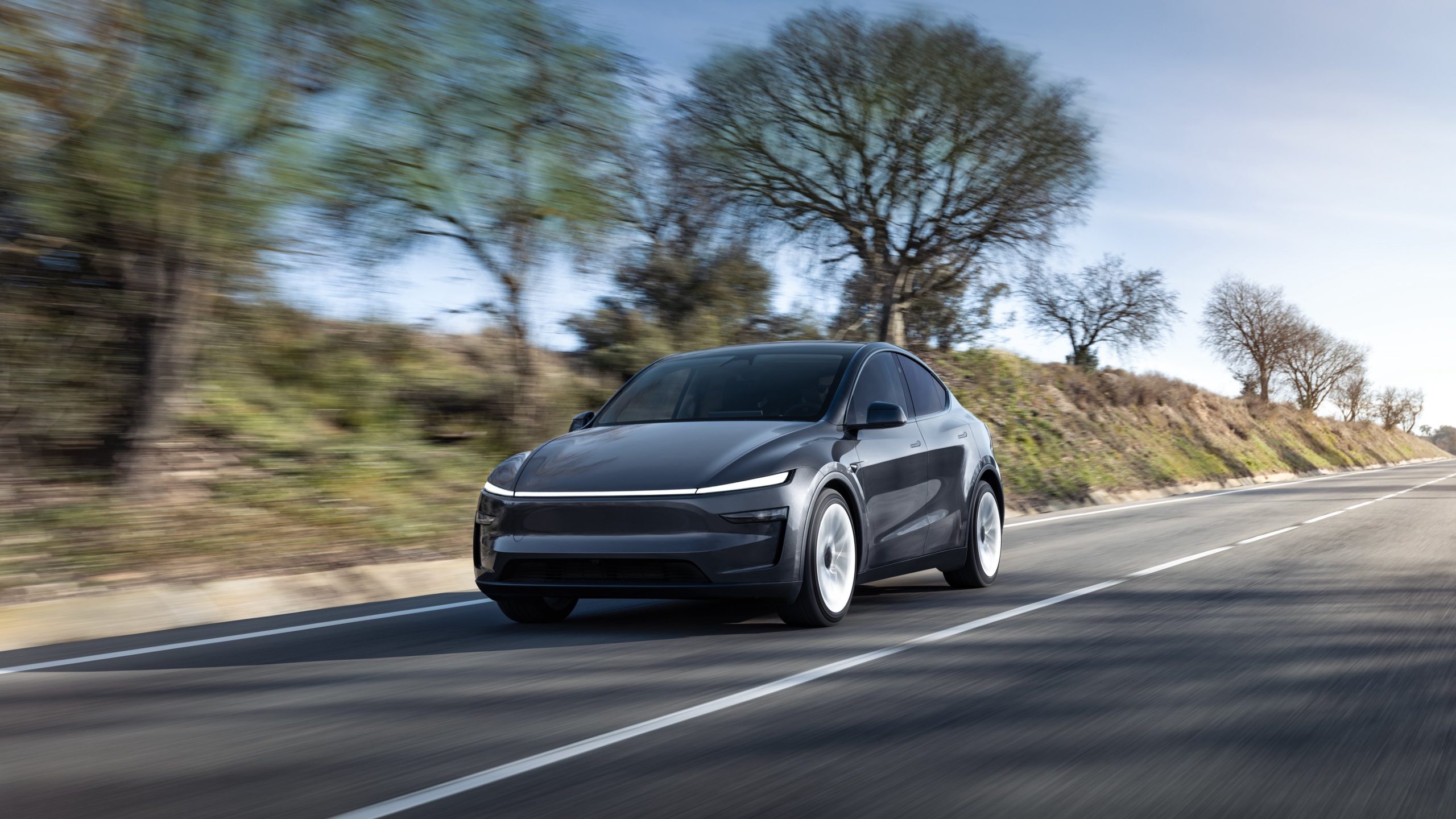
Tesla’s sales in the United Kingdom rose in June, climbing 14% year-over-year to 7,719 units, as per data from the Society of Motor Manufacturers and Traders (SMMT). The spike in the company’s sales coincided with the first deliveries of the updated Model Y last month.
Model Y deliveries support Tesla’s UK recovery
Tesla’s June performance marked one of its strongest months in the UK so far this year, with new Model Y deliveries contributing significantly to the company’s momentum.
While the SMMT listed Tesla with 7,719 deliveries in June, independent data from New AutoMotive suggested that the electric vehicle maker registered 7,891 units during the month instead. However, year-to-date figures for Tesla remain 2% down compared to 2024, as per a report from Reuters.
While Tesla made a strong showing in June, rivals are also growing. Chinese automaker BYD saw UK sales rise nearly fourfold to 2,498 units, while Ford posted the highest EV growth among major automakers, with a more than fourfold increase in the first half of 2025.
Overall, the UK’s battery electric vehicle (BEV) demand surged 39% to to 47,354 units last month, helping push total new car sales in the UK to 191,316 units, up 6.7% from the same period in 2024.
EV adoption accelerates, but concerns linger
June marked the best month for UK car sales since 2019, though the SMMT cautioned that growth in the electric vehicle sector remains heavily dependent on discounting and support programs. Still, one in four new vehicle buyers in June chose a battery electric vehicle.
SMMT Chief Executive Mike Hawes noted that despite strong BEV demand, sales levels are still below regulatory targets. “Further growth in sales, and the sector will rely on increased and improved charging facilities to boost mainstream electric vehicle adoption,” Hawes stated.
Also taking effect this week was a new US-UK trade deal, which lowers tariffs on UK car exports to the United States from 27.5% to 10%. The agreement could benefit UK-based EV producers aiming to expand across the country.
News
Tesla Model 3 ranks as the safest new car in Europe for 2025, per Euro NCAP tests
Despite being on the market longer than many of its rivals, the Tesla Model 3 continues to set the bar for vehicle safety.

The Tesla Model 3 has been named the safest new car on sale in 2025, according to the latest results from the Euro NCAP. Among 20 newly tested vehicles, the Model 3 emerged at the top of the list, scoring an impressive 359 out of 400 possible points across all major safety categories.
Tesla Model 3’s safety systems
Despite being on the market longer than many of its rivals, the Tesla Model 3 continues to set the bar for vehicle safety. Under Euro NCAP’s stricter 2025 testing protocols, the electric sedan earned 90% for adult occupant protection, 93% for child occupant protection, 89% for pedestrian protection, and 87% for its Safety Assist systems.
The updated Model 3 received particular praise for its advanced driver assistance features, including Tesla’s autonomous emergency braking (AEB) system, which performed well across various test scenarios. Its Intelligent Speed Assistance and child presence detection system were cited as noteworthy features as well, as per a WhatCar report.
Other notable safety features include the Model 3’s pedestrian-friendly pop-up hood and robust crash protection for both front and side collisions. Euro NCAP also highlighted the Model 3’s ability to detect vulnerable road users during complex maneuvers, such as turning across oncoming traffic.
Euro NCAP’s Autopilot caution
While the Model 3’s safety scores were impressive across the board, Euro NCAP did raise concerns about driver expectations of Tesla’s Autopilot system. The organization warned that some owners may overestimate the system’s capabilities, potentially leading to misuse or inattention behind the wheel. Even so, the Model 3 remained the highest-scoring vehicle tested under Euro NCAP’s updated criteria this year.
The Euro NCAP’s concerns are also quite interesting because Tesla’s Full Self-Driving (FSD) Supervised, which is arguably the company’s most robust safety suite, is not allowed for public rollout in Europe yet. FSD Supervised would allow the Model 3 to navigate inner city streets with only minimal human supervision.
Other top scorers included the Volkswagen ID.7, Polestar 3, and Geely EX5, but none matched the Model 3’s total score or consistency across categories. A total of 14 out of 20 newly tested cars earned five stars, while several models, including the Kia EV3, MG ZS, and Renault 5, fell short of the top rating.
Elon Musk
Why Tesla’s Q3 could be one of its biggest quarters in history
Tesla could stand to benefit from the removal of the $7,500 EV tax credit at the end of Q3.

Tesla has gotten off to a slow start in 2025, as the first half of the year has not been one to remember from a delivery perspective.
However, Q3 could end up being one of the best the company has had in history, with the United States potentially being a major contributor to what might reverse a slow start to the year.
Earlier today, the United States’ House of Representatives officially passed President Trump’s “Big Beautiful Bill,” after it made its way through the Senate earlier this week. The bill will head to President Trump, as he looks to sign it before his July 4 deadline.
The Bill will effectively bring closure to the $7,500 EV tax credit, which will end on September 30, 2025. This means, over the next three months in the United States, those who are looking to buy an EV will have their last chance to take advantage of the credit. EVs will then be, for most people, $7,500 more expensive, in essence.
The tax credit is available to any single filer who makes under $150,000 per year, $225,000 a year to a head of household, and $300,000 to couples filing jointly.
Ending the tax credit was expected with the Trump administration, as his policies have leaned significantly toward reliance on fossil fuels, ending what he calls an “EV mandate.” He has used this phrase several times in disagreements with Tesla CEO Elon Musk.
Nevertheless, those who have been on the fence about buying a Tesla, or any EV, for that matter, will have some decisions to make in the next three months. While all companies will stand to benefit from this time crunch, Tesla could be the true winner because of its sheer volume.
If things are done correctly, meaning if Tesla can also offer incentives like 0% APR, special pricing on leasing or financing, or other advantages (like free Red, White, and Blue for a short period of time in celebration of Independence Day), it could see some real volume in sales this quarter.
You can now buy a Tesla in Red, White, and Blue for free until July 14 https://t.co/iAwhaRFOH0
— TESLARATI (@Teslarati) July 3, 2025
Tesla is just a shade under 721,000 deliveries for the year, so it’s on pace for roughly 1.4 million for 2025. This would be a decrease from the 1.8 million cars it delivered in each of the last two years. Traditionally, the second half of the year has produced Tesla’s strongest quarters. Its top three quarters in terms of deliveries are Q4 2024 with 495,570 vehicles, Q4 2023 with 484,507 vehicles, and Q3 2024 with 462,890 vehicles.
-

 Elon Musk4 days ago
Elon Musk4 days agoTesla investors will be shocked by Jim Cramer’s latest assessment
-

 News1 week ago
News1 week agoTesla Robotaxi’s biggest challenge seems to be this one thing
-

 Elon Musk2 weeks ago
Elon Musk2 weeks agoFirst Look at Tesla’s Robotaxi App: features, design, and more
-

 News2 weeks ago
News2 weeks agoWatch Tesla’s first driverless public Robotaxi rides in Texas
-

 News2 weeks ago
News2 weeks agoSpaceX and Elon Musk share insights on Starship Ship 36’s RUD
-

 News1 week ago
News1 week agoWatch the first true Tesla Robotaxi intervention by safety monitor
-

 News2 weeks ago
News2 weeks agoTesla has started rolling out initial round of Robotaxi invites
-
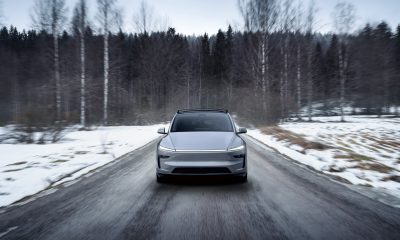
 Elon Musk2 weeks ago
Elon Musk2 weeks agoTesla to launch in India in July with vehicles already arriving: report


